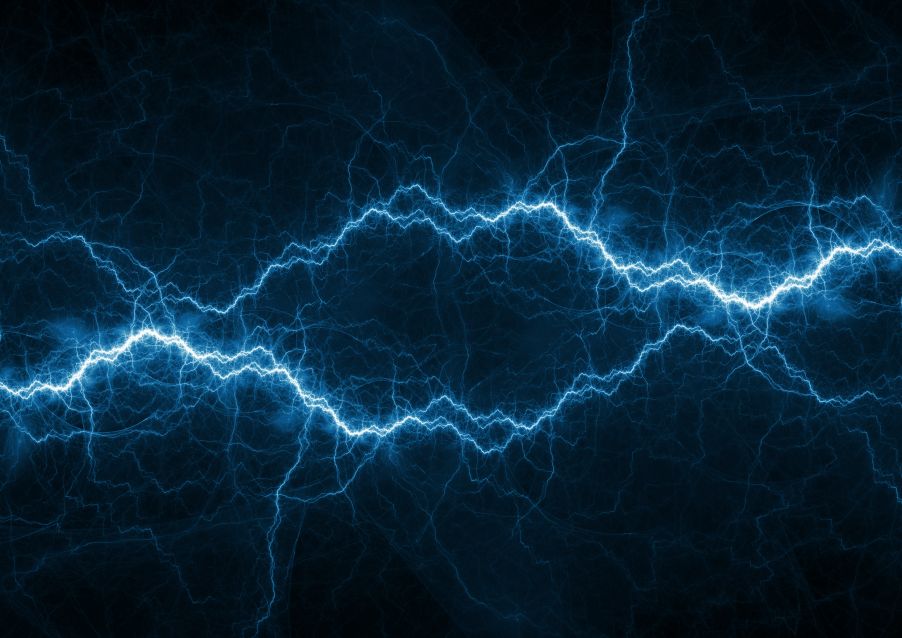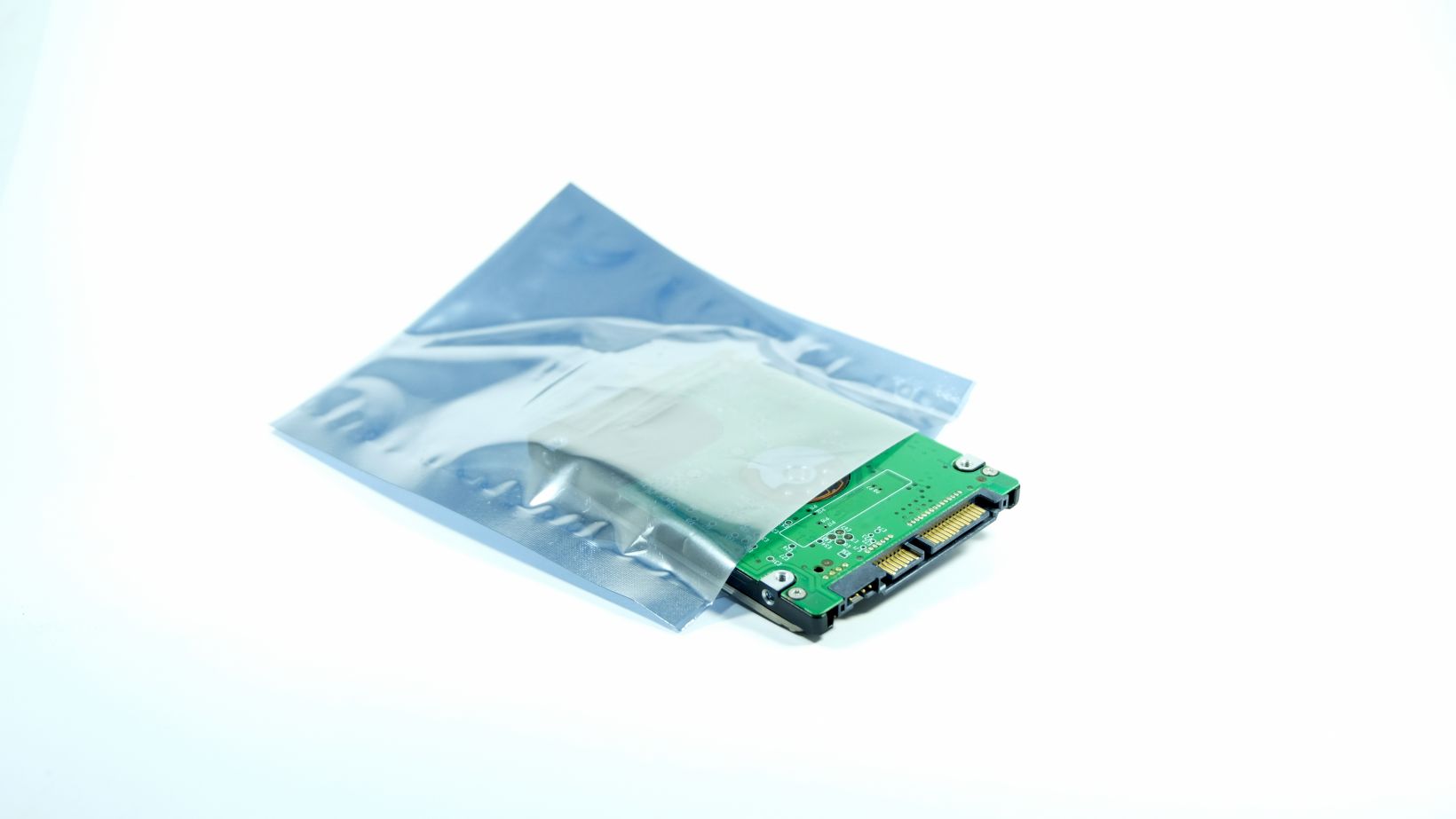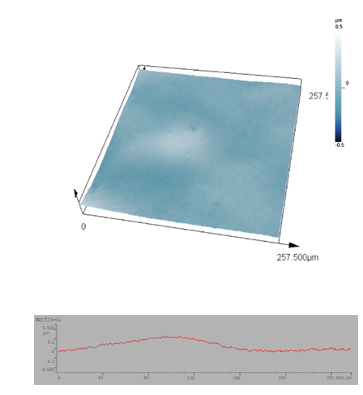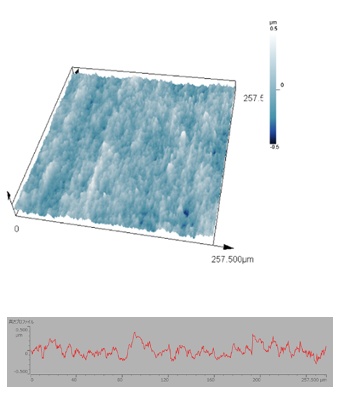The surface of films used in food packaging, industrial materials, and medical applications feature various properties, such as transparency, gloss, waterproofness, antifouling, and non-adhesiveness. Surface treatment and processing are applied to add various surface functions.
To evaluate the quality of the surface treatment and processing on film, it is important to measure surface roughness. This inspection measures the roughness of fine irregularities on the film surface and quantifies it numerically. One way to measure surface roughness is with a 3D laser confocal microscope.
In an experiment, I looked to verify if there’s a relationship between static electricity and surface roughness in films using polyethylene film (food wrap) and antistatic film. To perform the roughness measurements, I used the LEXT™ OLS5100 3D laser confocal microscope. Read on to find out the results!
Visually Comparing the Surface Condition of Antistatic Film and Polyethylene Film
First, I visually confirmed the surface condition of the two films using the OLS5100 3D laser confocal microscope.
The OLS5100 microscope scans the sample surface with a 405 nm purple laser beam to acquire 3D data. Paired with a dedicated LEXT objective lens that adapts to a wavelength of 405 nm and suppresses aberrations, the system can clearly capture fine patterns and defects that are difficult to capture with conventional optical microscopes and general laser microscopes. The optical system is also non-contact, so there’s no need to worry about damaging the surface even with a soft sample such as a film.
 | 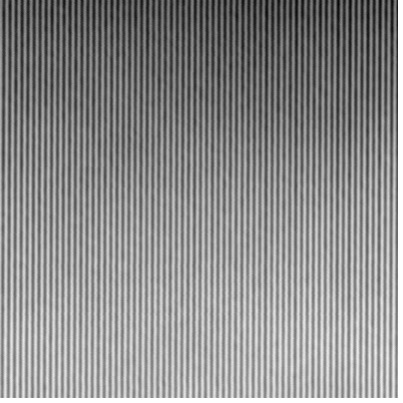 |
| Red laser (658 nm: 0.26 μm line and space) | Violet laser (405 nm: 0.12 μm line and space) |
Here you can clearly see that the surface of the polyethylene film doesn’t have a peculiar shape and has gentle irregularities. In contrast, the antistatic film has jagged irregularities of sub µm to several tens of nm periodically.
Quantifying the Surface Condition of the Antistatic Film and Polyethylene Film
Next, I quantified the difference in the visual unevenness of these two film surfaces by measuring the surface roughness using the same 3D laser confocal microscope. In this step, it is important to select a lens suitable for the sample under observation to obtain highly reliable measurement results.
The OLS5100 microscope can easily determine* whether the selected lens is suitable for the sample thanks to the Smart Lens Advisor. In this example, the system determined the dedicated LEXT 50X objective lens was suitable for the roughness measurement of the film.
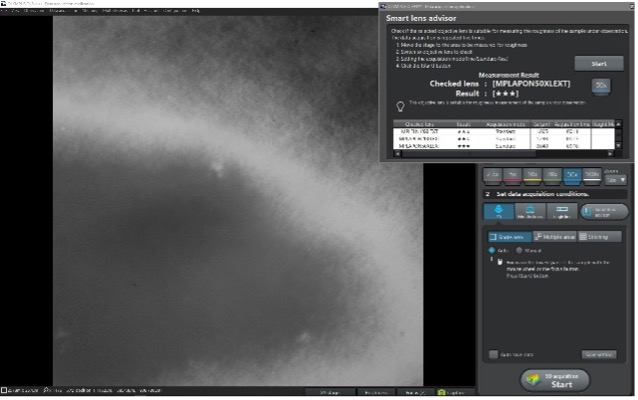 | 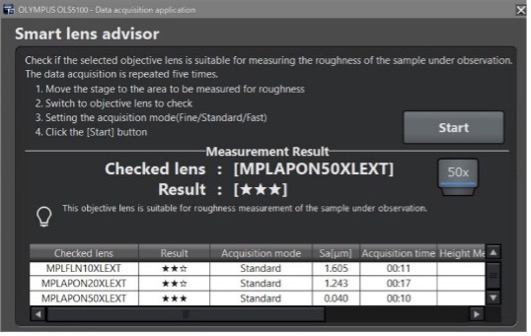 |
*Measured values are not guaranteed.
Using the 50X objective lens, the microscope obtained the following results for the two films:
| Sample name | Sq [µm] | Sz [µm] | Sa [µm] | Sdr [%] | Sal [µm] |
|---|---|---|---|---|---|
| Polyethylene film _50× | 0.06 | 0.477 | 0.043 | 0.076 | 30.553 |
| Antistatic film _50× | 0.122 | 1.152 | 0.097 | 0.84 | 8.424 |
The notable roughness parameters in the measurement are Sq, Sz, Sa, Sdr, and Sal. Here’s an overview of these parameters:
Sq (root mean square root height), Sz (maximum height), and Sa (arithmetic mean height)
These parameters indicate the size of the unevenness from the average surface. In this example, the antistatic film with a larger value indicates that the unevenness is larger.
Sdr (expanded interface area ratio)
Sdr shows the rate of increase in the surface area. In this example, the polyethylene film with a small Sdr value has a small surface area. In contrast, the antistatic film has a larger surface area due to the large unevenness on the surface.
Sal (autocorrelation length)
While most parameters evaluate roughness in the height direction, Sal is one of the few parameters that focuses on the lateral direction, such as the density of streaks and particles. A smaller Sal value indicates a steeper shape and finer grain. In contrast, a larger Sal value indicates that the surface has a more gradual uneven shape. As a result, we can conclude that the antistatic film with a smaller Sal value has more fine-grained shapes on the uneven surface.
Determining the Static Electricity of Film with Surface Roughness Data
The three major factors that determine the amount of static electricity are contact area, friction force, and humidity. Here, we focused on the contact area, which is closely related to surface roughness. In general, a larger contact area between objects generates more static charge.
In this experiment, we can see the antistatic film with a small contact area between objects generates less static electricity compared to the polyethylene film with a large contact area. The large unevenness of the antistatic film lowers the contact area compared to the smoother surface of the polyethylene film. Below you can see the relationship of the charge amount with the surface roughness data:
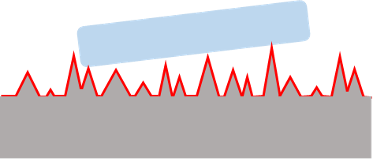 |  |
| Antistatic film | Polyethylene film (food wrap) |
| Charge amount: | Small | Large |
| Contact area with an object: | Small | Large |
| Unevenness (Sq/Sz/Sa): | Large | Small |
| Surface area (Sdr) | Large | Small |
| Fineness (Sal): | Small | Large |
To learn more about using 3D laser confocal microscopes to measure the surface roughness of film, reach out to our experts.
Related Content
Brochure: LEXT OLS5100 3D Laser Microscope
Surface Roughness Measurement: Practical Tips to Get Started
